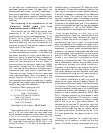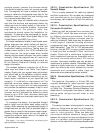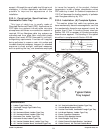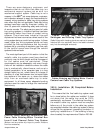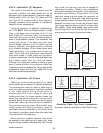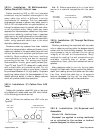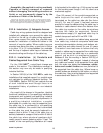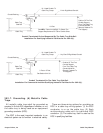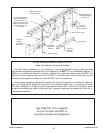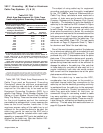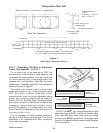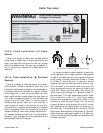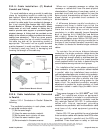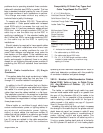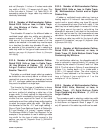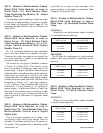
27
Cable Tray Manual Cooper B-Line, Inc
Ground Bus
Bonded To
Enclosure
EGC
EGC In
Cable
Discontinuous Joints
Require Bonding
For Qualifying Facilities
EGCs in the Cables or
EGC Cables Are Not
Required If Rating Of The
Feeder Overcurrent Device
Permits Using The Tray
For the EGC
Bonding Jumper Not
Required For Rigidly
Bolted Joints
Conduit
Three Phase
Motor Installation
Building Steel
Lightning
Protection
Grounding
Bond
Switchgear
Bond
System Ground
Transformer
(Solidly
Grounded
Secondary)
Motor Control Center
Correct Bonding Practices To Assure That The
Cable Tray System Is Properly Grounded
If an EGC cable is installed in or on a cable tray, it should be bonded to each or alternate cable
tray sections via grounding clamps (this is not required by the NEC
®
but it is a desirable practice). In
addition to providing an electrical connection between the cable tray sections and the EGC, the
grounding clamp mechanically anchors the EGC to the cable tray so that under fault current
conditions the magnetic forces do not throw the EGC out of the cable tray.
A bare copper equipment grounding conductor should not be placed in an aluminum cable tray
due to the potential for electrolytic corrosion of the aluminum cable tray in a moist environment.
For such installations, it is best to use an insulated conductor and to remove the insulation where
bonding connections are made to the cable tray, raceways, equipment enclosures, etc. with tin or
zinc plated connectors.
See Table 250.122 on page 51
for the minimum size EGC for
grounding raceway and equipment.



